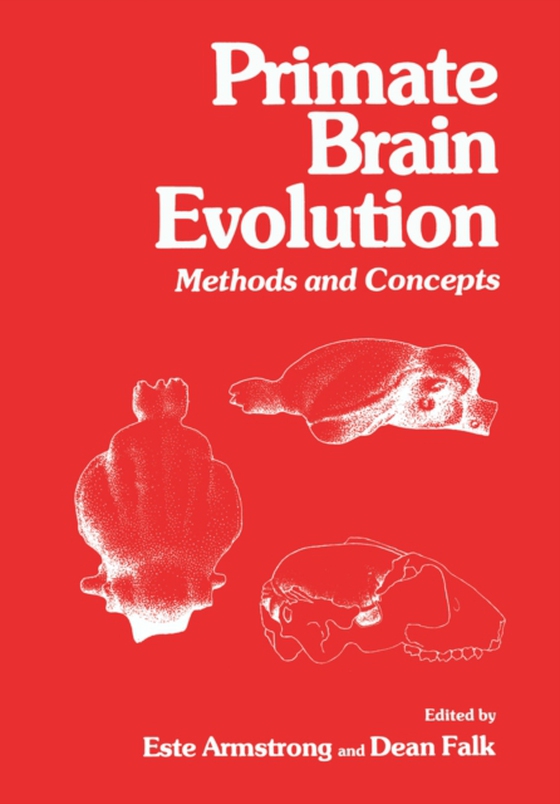
Primate Brain Evolution e-bog
875,33 DKK
(inkl. moms 1094,16 DKK)
Given the past decade's explosion of neurobiological and paleontologi- cal data and their increasingly sophisticated analyses, interdisciplinary syntheses between these two broad disciplines are of value and interest to many different scientists. The collected papers of this volume will appeal to students of primate and hominid evolution, neuroscientists, sociobiolo- gists, and other behavioris...
E-bog
875,33 DKK
Forlag
Springer
Udgivet
6 december 2012
Genrer
Solar system: the Sun and planets
Sprog
English
Format
pdf
Beskyttelse
LCP
ISBN
9781468441482
Given the past decade's explosion of neurobiological and paleontologi- cal data and their increasingly sophisticated analyses, interdisciplinary syntheses between these two broad disciplines are of value and interest to many different scientists. The collected papers of this volume will appeal to students of primate and hominid evolution, neuroscientists, sociobiolo- gists, and other behaviorists who seek a better understanding of the substrates of primate, including human, behavior. Each species of living primates represents an endpoint in evolution, but comparative neurologists can produce approximate evolutionary se- quences by careful analyses of representative series. Because nervous tissue does not fossilize, only a comparison of structures and functions among extant primates can be used to investigate the fine details of primate bra~n evolution. Paleoneurologists, who directly examine the fossil record via endocasts or cranial capacities of fossil skulls, can best provide information about gross details, such as changes in brain size or sulcal patterns, and determine when they occurred. Physical anthropologists and paleontologists have traditionally relied more on paleoneurology, whereas neuroscientists and psychologists have relied more on comparative neurology. This division has been a detriment to the advancement of these fields and to the conceptual bases of primate brain evolution. Both methods are important and a synthesis is desirable. To this end, two symposia were held in 1980--one at the meeting of the American Association of Physical Anthro- pologists in Niagara Falls, U. S. A. , and one at the precongressional meeting of the International Primatological Society in Torino, Italy.
 Dansk
Dansk

